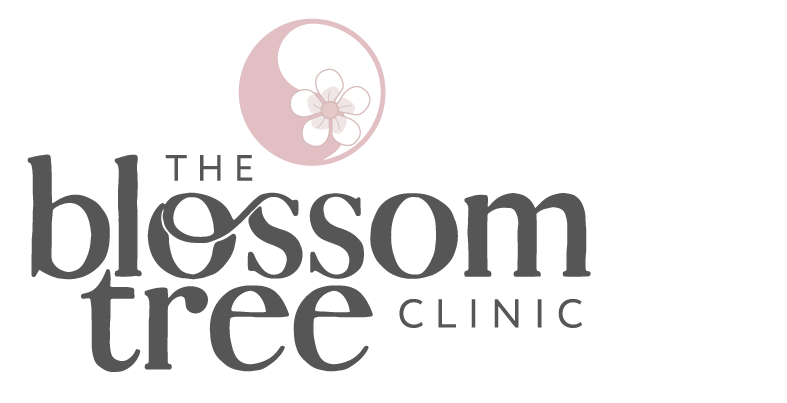What is Gua Sha?
What is Gua Sha?
Gua sha is an important natural healing method in Traditional Chinese Medicine (TCM). The most basic principle in TCM is Qi (pronounced chee), which is the concept of energy that travels around the body in channels and is responsible for all our body’s inner workings. For everything to be working well in your body, your Qi must be flowing smoothly. However, many aspects of life can cause this Qi to stagnate, including extreme emotions, stress, trauma, overwork, and other external factors.
It is this stagnation that we are working through with Gua Sha. Loosely translated it means scraping or rubbing sand. If you have ever felt a tight shoulder muscle you will know that you can feel tiny grains in a tight muscle, like sand, which indicate to us that your energy is stuck there.
A trained professional will use oil and a Gua Sha tool, which is a smooth-edged tool approximately the size of the palm of your hand, to rub along the muscle fibres and smooth out the stagnant Qi that is stuck there. The tool and stroke technique breaks up fascia and connective tissue that hugs the muscles and reduce optimal circulation. Gua Sha stimulates circulation in your soft tissue and muscles, increasing blood flow to the area, reducing inflammation in the tissue, encouraging lymphatic drainage, and promoting healing.
While the concept of scraping a muscle sounds painful, it really is not! The practitioner will go as lightly as you desire and many describe it as a relaxing massage. The motion of Gua Sha can produce an area of red or purple colour with rash-like dots on the skin in most people – this is called petechiae. Although it can look alarming, it is not painful and it is actually encouraged! The redness on the skin is actually the toxins leaving the muscle through the skin and therefore we encourage this release. Additionally, the features of your petechiae are helpful diagnostic tools for your practitioner, as they tell us a lot about what is going on inside the muscle.
Gua Sha can be performed on almost any muscle in the body, most commonly the shoulders, back, buttocks, arms and legs. It is often combined with acupuncture, massage and heat therapy. Gua Sha is particularly helpful in Acupuncture, as the petechiae can indicate particular areas of stagnation, and then a needle can be used to further deepen the release of the area.
What are the benefits of Gua Sha?
Through promoting a smooth flow of Qi throughout the body, we are ensuring better blood supply and nerve conditions so the body is functioning properly. Therefore, this ancient Chinese healing technique has many benefits and can help relieve several conditions:
The most common conditions this is used for is musculoskeletal conditions. Gua Sha can smooth our areas of tension, knots, weakness and pain in the back, neck and shoulders. This can help reduce symptoms of headaches, migraines and insomnia. And these claims are substantiated with some evidence: in a clinical trial of 48 people with chronic neck pain, the group who received Gua Sha treatments saw their neck pain ease significantly more than the group who did not receive it. Another trial indicated Gua Sha appeared to ease Migraine pain. However, Chinese Medicine is a notoriously difficult and underreached area.
Gua Sha can also be used for easing perimenopausal symptoms, such as abnormal periods, hot flashes, sleep issues and mood swings. One study following 80 women with these conditions over 8 weeks saw their symptoms improve.
Some women experience breast fullness during breast feeding, where their breasts swell and become painful. One study found that women who received a Gua Sha treatment while in hospital and once they were home saw their pain ease and eventually allowed them to breastfeed more easily.
As Gua Sha works on calming the nervous system, some evidence indicates the combination of Gua Sha, Acupuncture and Chinese Herbs improved tourettes symptoms by up to 70% in one case.
Studies also found Gua Sha was helpful for reducing inflammation in the liver for those infected with Hepatitis B, reducing liver damage and scarring.
Does Gua Sha have any side effects?
The main side effect of Gua Sha is the redness and rashing described above called petechiae. Please be aware this redness can remain on the skin anywhere from a few minutes to a week, depending on the individual and the depth of their condition. Therefore, if you have plans to wear a backless dress or hit the beach in the coming days, please make your practitioner aware! They are likely to ask you as well.
Who should avoid Gua Sha?
Most people are able to tolerate and enjoy Gua Sha. However, if you have any conditions that affect your circulation or have diabetes, please let your practitioner know before your session. Additionally, the treatment can be a very moving treatment for the body, so it should be avoided if you have had surgery in the area in the last six weeks. Patients taking blood thinners are also suggested to avoid this technique as it can cause some bruising and damage to the local capillaries of the skin.
Book Now
If you are interested in trying Gua Sha, or if you have any questions, please do not hesitate to email us or bring it up in your acupuncture appointment. If you feel acupuncture is right for you, you can book your appointment now.
The information in this website is for informational purposes only. No material on this site is intended to be a substitute for professional medical advice, diagnosis, or treatment. Always seek the advice of your physician or other qualified health care provider with any questions you may have regarding a medical condition or treatment, and before undertaking a new health care regimen, and never disregard professional advice or delay in seeking it because of something you have read on this website.



